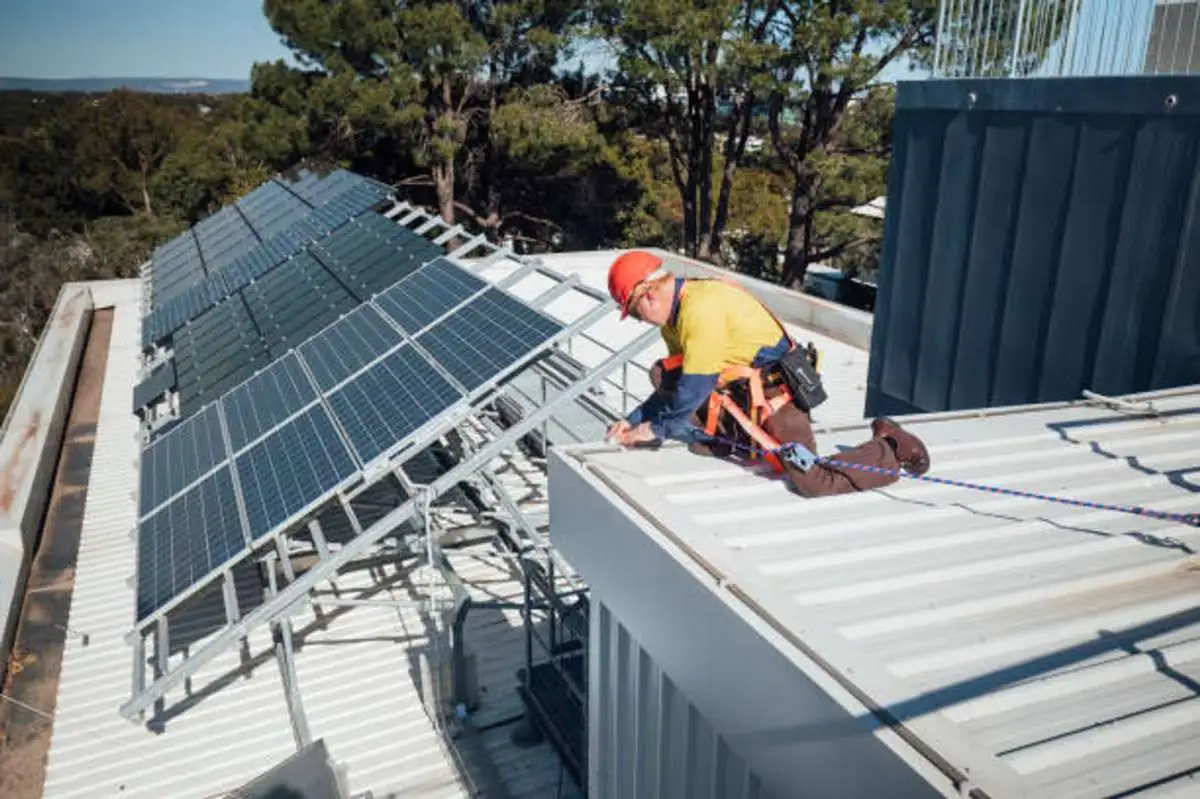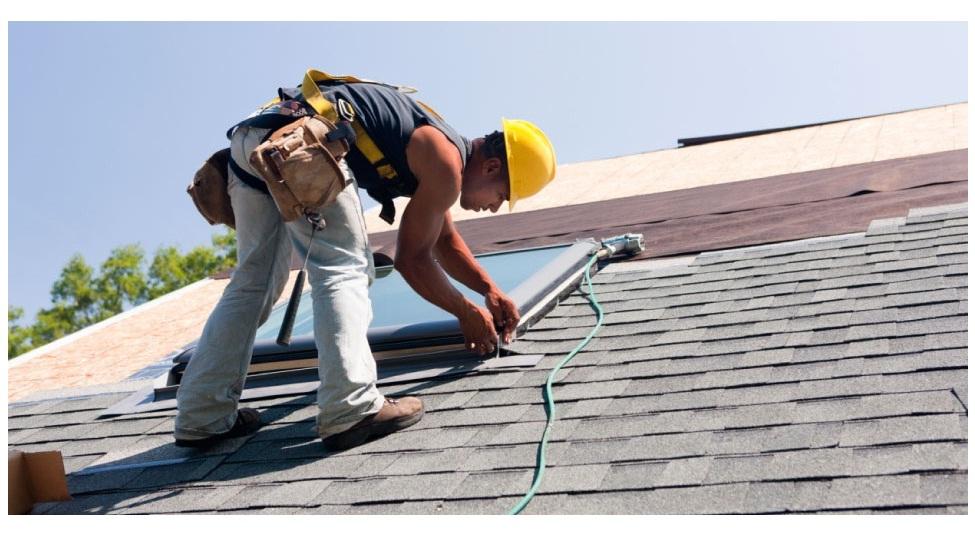A Comprehensive Overview to Effective Roofing Flat Roofing Installation
The intricacies of level roofing installation need a thorough approach, beginning with a thorough understanding of numerous flat roof types and the necessary materials needed for optimum efficiency. An effective setup pivots not just on the option of materials yet also on the preparation and execution of each action associated with the procedure. As we check out the critical phases from preparation to upkeep, it comes to be obvious that forgeting even minor information can significantly impact the roofing's long life and performance. What details methods can guarantee a seamless installment that withstands the examination of time?
Understanding Flat Roofing System Types
When thinking about level roof coverings, it is necessary to recognize the different types readily available, as each offers distinct benefits and downsides customized to certain needs. One of the most common types of flat roof coverings include Built-Up Roof (BUR), Changed Asphalt, and Single-Ply membrane layers.
Built-Up Roof consists of several layers of asphalt and gravel, offering outstanding durability and weather condition resistance. It is specifically beneficial in locations vulnerable to severe climate condition but might call for even more maintenance as a result of its complicated construction.
Modified Bitumen is a popular choice for its simplicity of setup and versatility. It commonly employs a self-adhesive or torch-applied technique, which can be useful for fast repair work and lasting efficiency. Its life expectancy can be shorter contrasted to BUR.
Single-Ply membrane layers, including Thermoplastic Olefin (TPO) and Ethylene Propylene Diene Monomer (EPDM), are recognized for their light-weight nature and power effectiveness. These products are frequently favored for business buildings due to their cost-effectiveness and convenience of installment (Cleveland Roofing Specialists). They may not offer the same level of insulation as various other choices.
Each roof kind needs careful factor to consider based on environment, budget, and particular task requirements.
Crucial Materials for Apartment Roof Covering
A selection of essential products are vital for the successful setup of flat roof covering systems. The option of materials directly effects resilience, performance, and total effectiveness.
Among the key products is the roof membrane, which can be created from numerous compounds such as polycarbonate polyolefin (TPO), ethylene propylene diene monomer (EPDM), or PVC. Each type uses unique benefits, including UV resistance and versatility, which are vital for prolonged efficiency.
In enhancement to the membrane, insulation materials play a substantial function in power performance. Rigid foam boards or polyisocyanurate insulation are popular options, as they provide outstanding thermal resistance and dampness monitoring.
In addition, roof adhesives and sealants are important for ensuring a leak-proof setup. These products have to be compatible with the picked membrane to stop damage gradually.
Preparing for Installment
Proper prep work is crucial for a successful flat roofing setup, as it prepares for a durable and efficient roof covering system. Begin by conducting a detailed evaluation of the existing roofing system structure. Look for indications of damages, including leaks, rot, or insufficient water drainage, which can jeopardize the new roof. Make certain that the hidden materials are audio and can support the weight of the new roof parts.
Following, gather all needed devices and materials, making sure that they satisfy industry criteria. This includes waterproof membranes, insulation, flashing, and fasteners. Familiarize yourself with visit our website the maker's requirements, as adherence to these standards is important for service warranty purposes.
In addition, make certain that the workplace is clear of debris and blockages to facilitate reliable and secure installment. Take into consideration climate condition; avoid setup throughout heavy rainfall or extreme temperatures, which can influence product efficiency. Last but not least, educate any type of passengers of the structure about the upcoming work to ensure safety and security and lessen disruptions. By taking these primary steps, you can enhance the likelihood of an effective flat roof covering installation that satisfies both visual and architectural needs.
Step-by-Step Installation Process
With the foundation developed with extensive prep work, the following phase includes executing the level roof setup methodically. Begin by making sure that the structural deck is cost-free and clean from particles. Next, set up a vapor barrier to avoid moisture accumulation beneath the roof material. This step is important for preserving the imp source roofing system's integrity with time.
Adhering to the vapor barrier setup, put down insulation boards, ensuring they fit securely with each other to minimize thermal bridging. Protect the insulation with appropriate bolts based upon the roof type and neighborhood building regulations. When the insulation remains in place, it's time to apply the roof membrane. Depending upon the chosen product-- such as TPO, EPDM, or customized bitumen-- mount the membrane layer according to the producer's specifications.
Install flashing around perimeters, vents, and any type of roof penetrations to enhance waterproofing. After installation, carry out a detailed assessment to recognize any prospective problems before ending the job, ensuring a reputable and robust flat roofing system.
Upkeep Tips for Long Life
Routine maintenance is necessary to ensure the durability and performance of a flat roofing system. One of the primary jobs is to conduct regular examinations a minimum of twice a year, ideally in spring and fall. During these assessments, try to find indicators of wear, such as blisters, splits, or pooling water, which can indicate underlying concerns.

Guaranteeing proper drain is essential to stop water buildup. Check and clear gutters, downspouts, and scuppers to ensure unblocked water circulation. Furthermore, check seals around vents, skylights, and other penetrations for any type of indications of wear and tear, using caulk or sealant as required to maintain a water tight barrier.
Last but not least, consider specialist upkeep services every few years for comprehensive inspections and fixings. By adhering to these upkeep tips, sites you can significantly prolong the life of your level roof, ensuring it remains a trustworthy shield versus the components.
Verdict
Efficient level roofing installation demands an organized strategy including detailed inspections, product option, and careful prep work. Sticking to the laid out actions throughout the installation process ensures the proper application of roofing membrane layers and insulation while enhancing waterproofing through efficient blinking installment.
The intricacies of flat roofing system installation demand a precise method, starting with an extensive understanding of numerous flat roof types and the necessary products required for ideal performance.Proper prep work is essential for a successful level roof covering installment, as it lays the groundwork for a sturdy and efficient roof covering system. After setup, carry out a complete assessment to determine any type of possible issues prior to wrapping up the job, ensuring a reputable and durable level roof covering system.
